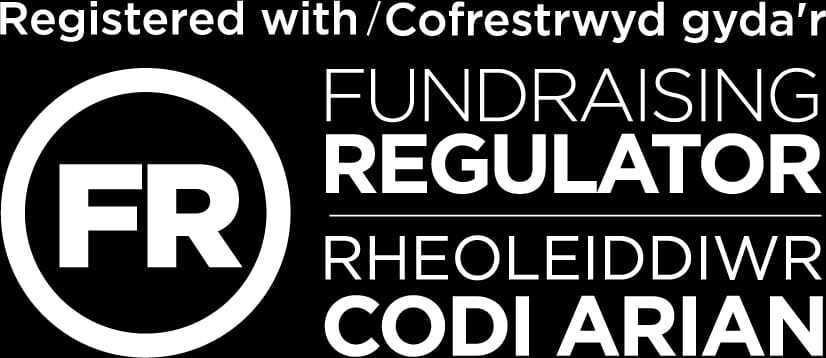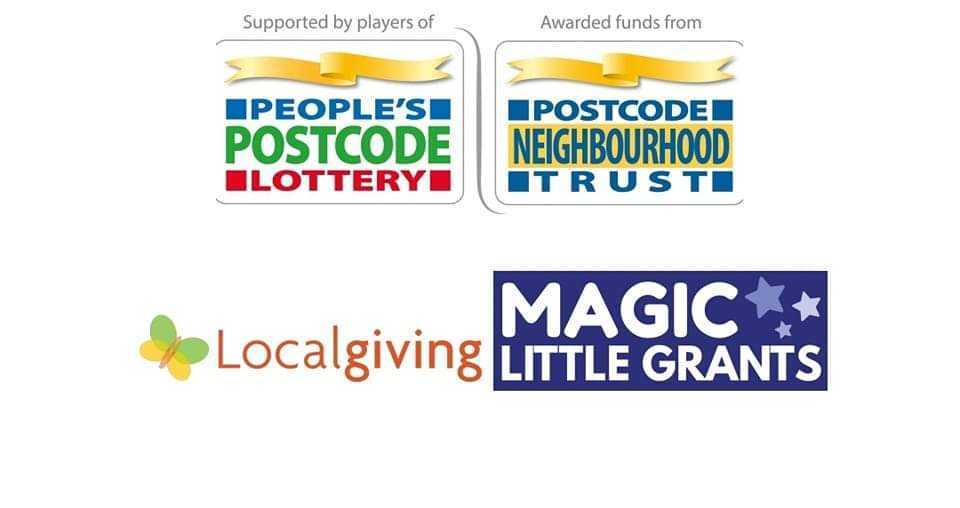Causes of Epilepsy
Causes of Epilepsy
There are around 180,000 new cases of epilepsy each year. About 30% occur in children. Children and elderly adults
are the ones most often affected.There is a clear cause for epilepsy in only a minority of the cases.
Typically, the known causes of seizure involve some injury to the brain.
Some of the main causes of epilepsy include:
- Low oxygen during birth
- Brain tumors
- Infections such asmeningitisorencephalitis
- Genetic conditions that result inbraininjury, such astuberous sclerosis
- Head injuriesthat occur during birth or from accidents during youth or adulthood
- Strokeor any other type of damage to the brain
- Abnormal levels of substances such as sodium or blood sugar
- Developmental disorders, such as autism and neurofibromatosis
- Injury before birth, such as brain damage from an infection in the mother, poor nutrition or oxygen deficiencies
In up to 70% of all cases of epilepsy in adults and children, no cause can be discovered.
Causes of Seizures
Although the underlying causes of epilepsy are usually not known, certain factors are known to
provoke seizures in people with epilepsy. Avoiding these triggers can help
you avoid seizures and live better with epilepsy:
provoke seizures in people with epilepsy. Avoiding these triggers can help
you avoid seizures and live better with epilepsy:
- Missing medication doses
- Heavy alcohol use
- Cocaine, ecstasy, or other illegal drugs
- Lack of sleep
- Other medicines that interfere with seizuremedications
- Flashing lights, images, and repetitive patterns may cause seizures in persons with photosensitive seizure disorder.
Types of Seizures
There are several different types of seizures:
- Focal seizures These seizures involve abnormal activity in just one part of your brain. You may lose consciousness, or you may stay alert when you have them.
- Without loss of consciousness These seizures mayjust change your emotions, or alter your sense of sight, smell, taste, or sound. You might also jerk an arm or a leg without meaning to, or feel tingling, dizziness, or see flashing lights.
- With loss of consciousness During these seizures, you aren’t quite aware of your surroundings as usual. You may stare into space, or move repetitively by chewing, rubbing your hands, or walking in circles.
Generalized seizures
This type of seizure tends to involve all the parts of your brain. There are six kinds of generalized seizures:
- Absence seizures happen mostly in children and involve small movements such as lip smacking or eye blinking.
- Tonic seizures make you stiffen the muscles in your arms, legs, back and sometimes fall down as a result.
- Atonic seizures take away your muscle control. They’re also called drop seizures, because they can make you collapse onto the floor.
- Clonic seizures often make you repeat jerking movements in your neck, face, and arms.
- Myoclonic seizures involve short, twitching and jerking motions in your arms and legs.
- Tonic-clonic seizures which used to be called grand-mal seizures, can make you lose consciousness,stiffen your whole body, and shake. You may also bite your tongue or lose control of your bladder.










